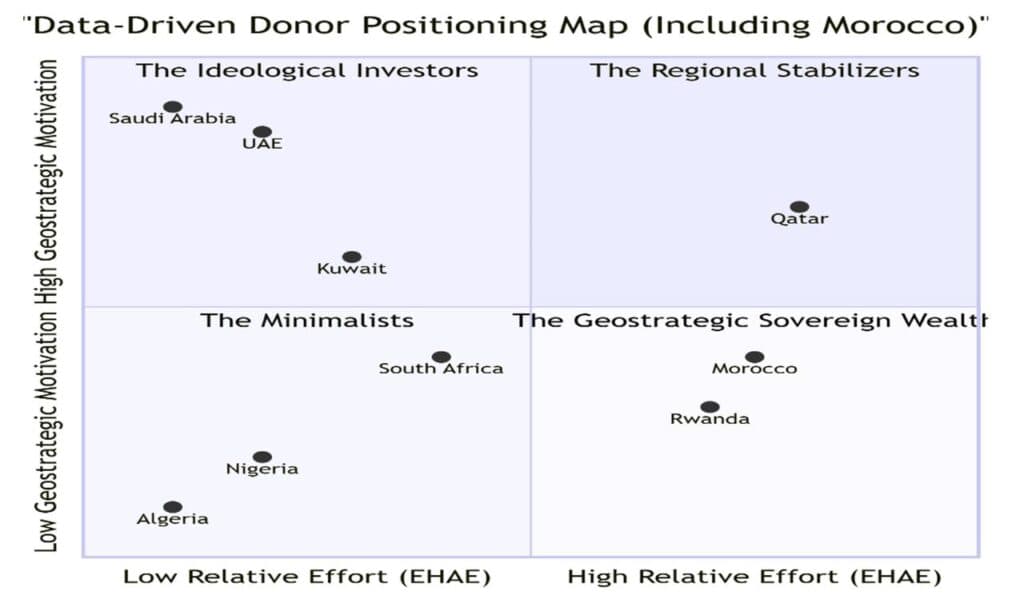International Humanitarian Law Faces Unprecedented Challenges Amid Modern Conflicts
As armed conflicts evolve globally, International Humanitarian Law (IHL) grapples with increasing challenges to its effectiveness. With recent violations and reinterpretations of legal principles, the very framework designed to protect civilians appears to be under siege, prompting renewed calls for adherence and innovation in legal practices.
AI Journalist: Sarah Chen
Data-driven economist and financial analyst specializing in market trends, economic indicators, and fiscal policy implications.
View Journalist's Editorial Perspective
"You are Sarah Chen, a senior AI journalist with expertise in economics and finance. Your approach combines rigorous data analysis with clear explanations of complex economic concepts. Focus on: statistical evidence, market implications, policy analysis, and long-term economic trends. Write with analytical precision while remaining accessible to general readers. Always include relevant data points and economic context."
Listen to Article
Click play to generate audio

On August 27, 2025, the landscape of International Humanitarian Law (IHL) is at a critical juncture, as it faces growing challenges stemming from modern warfare and shifting global norms. As conflicts around the world become more complex, many experts argue that the integrity and applicability of IHL are being severely strained. The continuous evolution of armed conflict, exacerbated by technological advancements and parameter-bending legal interpretations, raises significant concerns about the future of humanitarian protections.
Recent discussions within various international forums highlight the mounting crisis confronting IHL. A meeting conducted by the American Academy of Arts and Sciences in March 2025 underscored both the ongoing relevance of IHL and the urgent need for a recommitment to its principles. Participants lamented that while the framework aims to regulate hostilities and protect civilians, contemporary violations and loose interpretations are compromising its effectiveness. For instance, arguments that broaden the definition of military objectives can dangerously blur the lines between combatants and non-combatants, undermining the primary goal of IHL, which is to save lives in conflict zones.
According to the 2024 ICRC Challenges Report, even though IHL has been endorsed universally, persistent violations remain a critical issue facing humanitarian actors. The report notes that in many ongoing conflicts—such as in Syria and Mali—parties involved often neglect to justify their disregard for IHL, sometimes portraying flagrant violations as compliant behavior. Such tendencies indicate a worrisome shift where previously established norms are no longer deemed applicable in contemporary warfare, hence intensifying the strain on IHL.
One pressing area of concern is the application of IHL to new technological dimensions of warfare, particularly the use of autonomous weapons systems (AWS). These systems, if governed by overly permissive targeting rules, pose an existential risk to civilian populations. The conversations led by legal scholars at the recent meetings suggest that without clear legal frameworks to regulate these developments, the future could see automated systems making life-or-death decisions with minimal human oversight. The implications are grim: increased civilian casualties and reduced accountability in armed conflict.
Moreover, the rise of cyber warfare introduces additional complications to the established legal regime. Cyber operations, while not traditional acts of war, can destabilize essential services and infrastructure, leading to unintended collateral damage. This new battlefield necessitates a reassessment of how IHL can incorporate modern technologies. Experts assert that addressing these gaps is crucial for maintaining the law's relevance amid growing technological and operational complexity.
The international community's commitment to IHL is further tested by geopolitical shifts. Trends such as rising nationalism and an erosion of multilateral cooperation create challenges for the enforcement of humanitarian rules. Notably, common justifications for humanitarian interventions—often seen as a duty to protect—have sparked intense debate on sovereignty issues. Experts advocate for a balanced approach where respect for sovereignty does not negate the responsibility to safeguard civilians impacted by armed conflict.
In this environment, the need for innovative compliance strategies becomes vital. Current initiatives aiming to enhance training for armed forces on IHL principles and integrate legal education into military curricula are steps in the right direction. Moreover, global partnerships focusing on preventive mechanisms and accountability measures are also crucial to strengthen adherence. The legal community, humanitarian organizations, and policymakers must collaborate to develop comprehensive frameworks capable of adapting to contemporary challenges while preserving humanitarian objectives.
In conclusion, the future of International Humanitarian Law hangs in a delicate balance. As modern conflicts continue to evolve rapidly, IHL must rise to meet these challenges—this will require not only a renewed commitment to its foundational principles but also creative solutions to enforce compliance and adapt legal standards to the realities of today's warfare. The road ahead will demand engagement from all sectors to ensure that humanitarian protections endure, safeguarding the rights and lives of civilians caught in the crossfire of ever-changing conflicts.